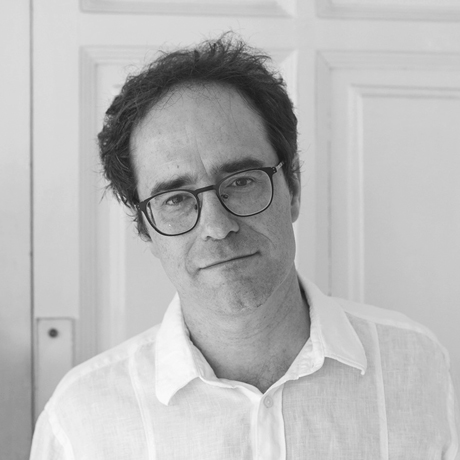Culture is (not) safe
- Culture Folder
- Oct 21
- 2 mins

During the long months of the pandemic we’ve had enough of claiming and asserting that culture is safe. Creators, however, know that while their art can be exhibited in the conditions stipulated by the health authorities, their work is far from safe.
During the long months of the pandemic we’ve had enough of claiming and asserting that culture is safe. We have reduced venue capacity, we have adapted schedules to curfews, we have religiously worn our masks, with no coquetry, as celebrants of a new ritual that called for collective discipline. Creators, however, know that while their art can be exhibited in the conditions stipulated by the health authorities, their work is far from safe.
Artists, and we can include any creative person in this category, even those cultural managers working out of passion, one that they put in jeopardy, know that art always originates from trial and error, from an unsure endeavour that may or may not ultimately work. The artist often needs months or years to build a project whose materialisation will possibly be sublime and fleeting, and that cannot be monetised on a consistent basis over time.
The real artist explores, tests and invents with no net or moulds. They embark on projects that do not always meet the prerequisites of a grant, and they are not guaranteed a reception that ensures a social or economic return. Cultural, public or private organisations have a mission to provide creators with resources, but there will never be any institutional foundation or network of support that completely extricates the creator from the inclemency specific to artistic experience. Institutions giving culture real support means understanding that the work of creators cannot be regulated bureaucratically, that the miracle of art does not give warnings nor allow itself to be ralllied safely.
The newsletter
Subscribe to our newsletter to keep up to date with Barcelona Metròpolis' new developments




